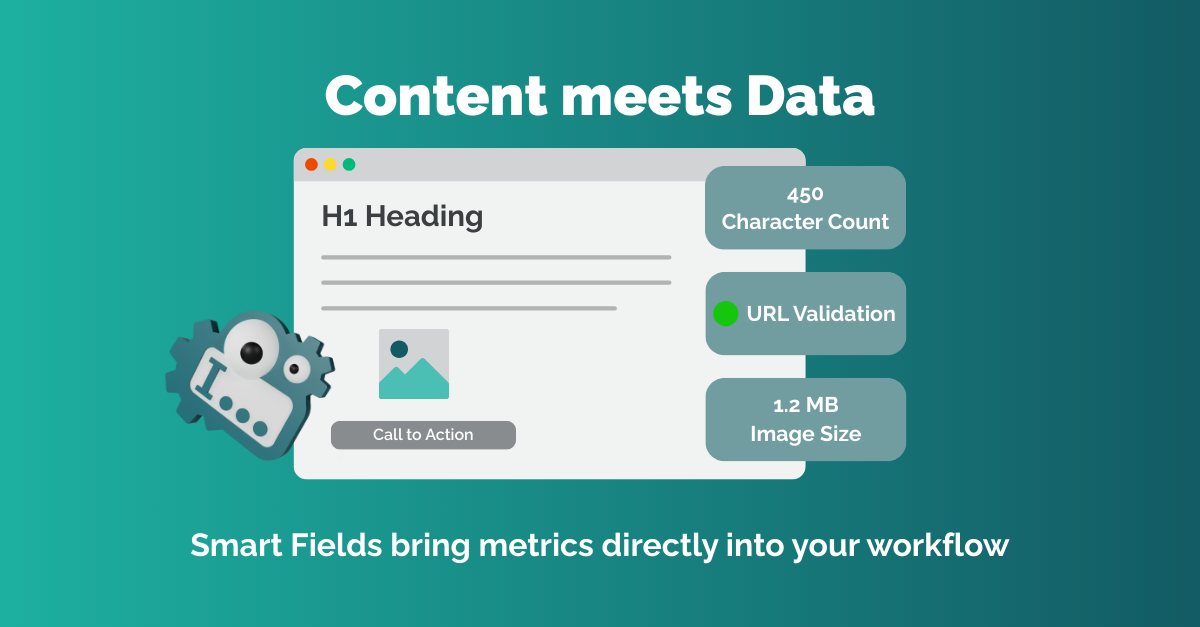“Our team completed 75 story points -15 more than we committed to. Is that a success? Or a sign of shifting priorities?”
Sprint metrics can tell stories - but only if you can read between the lines.
For many agile teams, sprint retrospectives are plagued by ambiguity. Jira burndown charts show trends, but they don't explain the why. Key questions—like whether your team is overloaded, what kind of work is dragging velocity down, or how often scope is changing—go unanswered until it's too late.
That's where two Jira-native apps come together to bring clarity: 🔍 sumUp for Jira by Decadis, and 📊 Time in Status by SaaSJet.
Together, they form a Sprint Intelligence System:
- sumUp gives you live visibility into sprint data on your dashboard.
- Time in Status provides detailed sprint diagnostics through powerful reports.
Let’s explore how they work together - starting with the real-time insights you get from sumUp.
Chapter 1: Live Sprint Intelligence with sumUp for Jira
→ The Metrics You Need, Where You Work. On the Dashboard
sumUp for Jira turns your dashboard into a real-time command center for agile delivery. Instead of waiting until the retrospective to understand sprint health, you can monitor key metrics as they evolve—scope creep, assignee workload, story point progress, and more.
sumUp is built around a flexible set of gadgets. You configure the filters; we do the math. No scripts, no exports—just insights.
🧩 Key Gadgets and Use Cases
1. Filter Results Gadget
“How much work was completed in this sprint? What got added?”
.png)
- Track completed story points by sprint.
- Monitor unplanned work added mid-sprint.
- Visualize deltas between committed and actual workload.
✅ Insight: Spot scope creep as it happens—not just in retros.
2. Grouped Filter Results Gadget
“Where is the workload concentrated?”
- View total work grouped by assignee, priority, epic, or sprint.
- Compare planned vs. delivered effort per person or team.
✅ Insight: Uneven workload across assignees? sumUp makes it visible immediately.
3. 2D Filter Statistics Gadget
“Who's working on what kind of tasks?”
- Cross-reference fields like Assignee × Priority or Epic × Issue Type.
- Reveal specialization trends, workload overlap, or knowledge silos.
✅ Insight: If QA engineers are swamped with Stories instead of Bugs, maybe your grooming process needs a revisit.
4. Work Log Report Gadget
“Where did the time actually go?”
.png)
- Aggregate logged hours by user, issue, or time range.
- Match time investment with value delivered.
✅ Insight: Spending too much time on medium-priority issues? Shift focus faster.
5. Cross-Sprint Monitoring
Monitor trends over time—velocity, workload, scope change—and compare across boards or teams.
✅ Insight: Whether you’re prepping a stakeholder update or a retro, sumUp helps you bring the evidence.
Chapter 2: Sprint Reports from Time in Status
→ What Really Happened, and How You Can Improve
Time in Status by SaaSJet delivers a comprehensive sprint report that dissects performance across seven key metrics. Think of it as a sprint MRI—diagnosing issues like incomplete work, scope volatility, and priority misalignment.
%20(1).png)
🧠 Highlights from the Sprint Report
- Team Velocity Trends
Compare committed vs. completed values across the last 7 sprints.
✅ Insight: Are you consistently over-delivering, or just overcommitting? - Workload by Assignee
See who’s taking on added work and how tasks are distributed.
✅ Insight: One dev constantly picking up new issues mid-sprint? That’s a red flag. - Completion Rate vs. Carryover
Measure what was actually delivered vs. what spilled over.
✅ Insight: 90% completion may look good—unless half the work was added late. - Sprint Scope Change
Quantify work added/removed after sprint start.
✅ Insight: A 45% scope change means your sprint plan may not be the problem—your intake process might be. - Committed vs. Completed Work by Priority
Was the right work planned—and finished?
✅ Insight: Constantly finishing low-priority work? You may be firefighting. - Sprint Work Item Types
Breakdown by stories, bugs, tasks, etc.
✅ Insight: Too many bugs? You might be stuck in reactive mode.
Why You Need Both Tools—Together
Together, they close the agile feedback loop: Plan → Track → Diagnose → Improve
Final Thoughts: Turn Sprint Data Into Action
Agile isn’t just about delivering faster—it’s about learning faster. That means your sprint data needs to be more than an afterthought.
- Use Time in Status to understand what happened and why.
- Use sumUp for Jira to monitor what’s happening right now.
The combination of live metrics and retrospective insights will help your team continuously improve—and actually enjoy your retrospectives.
Ready to Try It?
👉 Explore sumUp for Jira on the Atlassian Marketplace.
👉 Check out Time in Status and their Sprint Report.
📊 Set up your own Sprint Command Center today!
















.jpg)
.png)


.png)








.png)








.jpeg)
![Last Log for Jira – Troubleshooting easier than ever [incl. Video]](https://cdn.prod.website-files.com/6400aa62efc52f275fa918d4/65aa7d8167dd440c0529c08e_Last%20Log%20for%20Jira_The%20key%20to%20troubleshooting%20in%20Jira.gif)















.jpg)














.png)







